In a world focused on being eco-friendly, construction is changing. BIM (Building Information Modeling) is a powerful tool in this change. It helps us design, build, and manage buildings with sustainability in mind.
Our goal: Net Zero Buildings. In this guide, we'll look at BIM and how it's reshaping construction for the better. We'll use real examples to show how BIM makes energy-efficient, green buildings a reality. Let's discover how BIM is making the world greener, one building at a time.
What Is A Net Zero Building?
A net zero building is a building that doesn't produce more carbon emissions than it saves. It reduces emissions and uses renewable energy or carbon offsets to balance out what's left. There are three main categories to check for a building's carbon emissions:
Net zero in whole life carbon: To be truly net zero, a building's carbon emissions from its operation and construction (including disposal) must be zero or even negative.
Net zero in construction: To achieve net zero in construction, a building must offset the carbon emissions from making and building it. This can be done by generating renewable energy on-site or by offsetting emissions elsewhere.
Net zero in operation: To have zero carbon emissions during operation, a building must be very energy efficient and use renewable energy, either on-site or from another source. Any remaining emissions should be balanced with offsets.
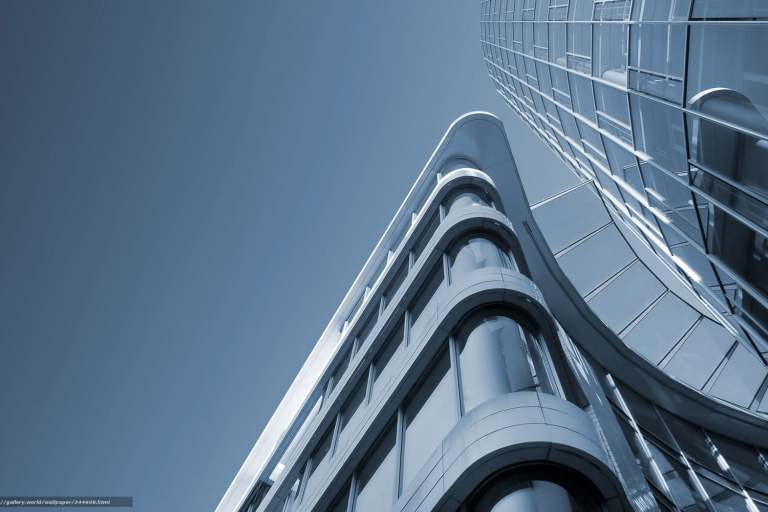
The Use of BIM in Achieving Net Zero Buildings
In today's world, making buildings that don't harm the environment is essential. We want buildings that use clean energy and produce very little pollution. We call these buildings "net zero buildings." They give back as much energy as they use.
One tool that helps us make these green buildings is BIM, which stands for Building Information Modeling. BIM is like a super-smart computer program for designing buildings.
Here's how BIM makes it easier to create net zero buildings:
Smart Planning: BIM helps architects and builders plan every detail of a building. It's like a digital blueprint. This planning helps reduce waste and makes the building more energy-efficient from the start.
CAD Drafting Services: BIM can also incorporate CAD drafting services, ensuring precise and efficient design integration.
Energy Analysis: BIM can look at how a building will use energy. It checks things like how much sunlight comes in and how well the building keeps heat. This helps design buildings that use less energy.
Material Selection: BIM can suggest eco-friendly materials. These materials are good for the environment and can save energy. For example, it can suggest using recycled materials or materials that don't release harmful chemicals.
Efficient Systems: BIM helps design the building's systems, like heating and cooling, to work efficiently. It can even simulate how these systems will perform, so they don't waste energy.
Maintenance: BIM can help plan how to take care of the building once it's built. Regular maintenance keeps the building running smoothly and efficiently.
Tracking Energy Use: After the building is up and running, BIM can keep track of how much energy it uses. This helps find areas where improvements can be made.
Green Certifications: BIM can help with the paperwork needed for green certifications. These certifications show that the building meets certain environmental standards.
Collaboration: BIM allows different teams to work together easily. Architects, engineers, and builders can all use the same digital model. This makes it easier to create a building that's energy-efficient from start to finish.
In conclusion, BIM is like a green building wizard. It helps designers and builders make smart choices to create net zero buildings. These buildings are kind to the planet and save energy, which is good for everyone. So, with the help of BIM, we can continue to build a greener, more sustainable future.
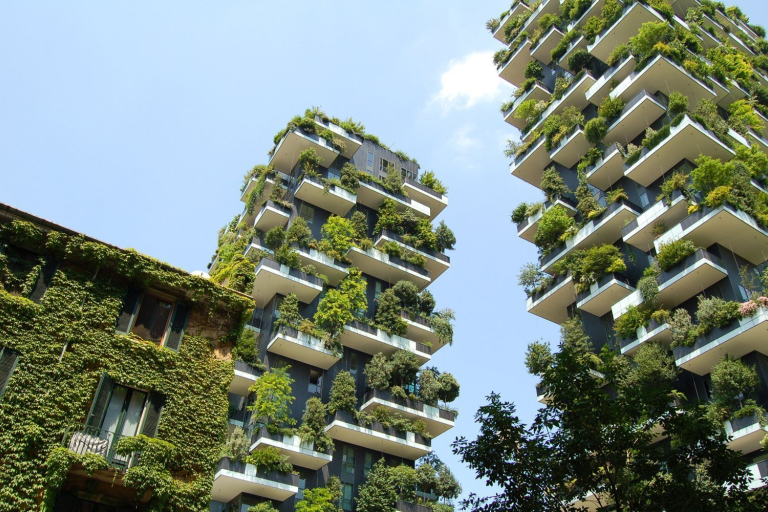
5 Examples of Net Zero Buildings
La Jolla Commons, San Diego, California
La Jolla Commons is a big office building in San Diego, designed by architect Paul Danna from AECOM. It's famous for being very energy-efficient. It's thirteen stories tall and mostly covered in glass. They use biogas to save energy and have some cool technologies like fuel cells that make electricity, an under-floor air system that keeps the building cool, and special coatings on the windows to keep the heat out.
The fuel cells use methane from places like landfills and wastewater plants to make electricity without burning anything. Hines and J.P. Morgan Asset Management are both interested in making buildings like this that use less energy and help the environment.
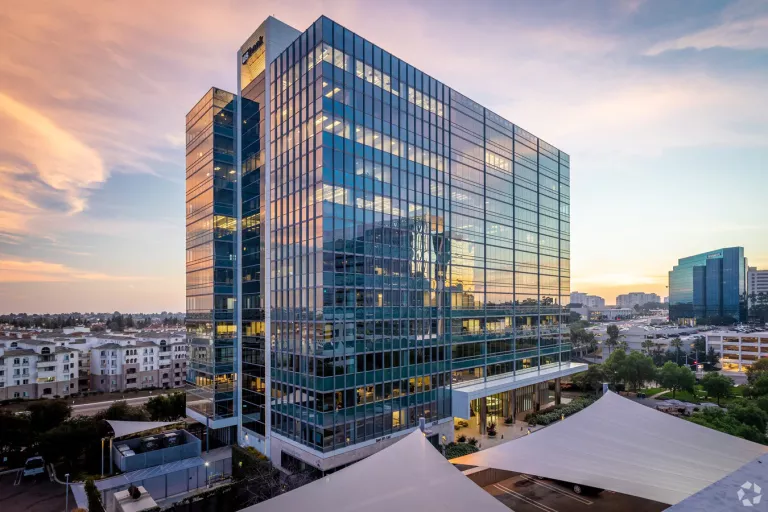
Bullitt Center in Seattle, USA
One excellent illustration of a net-zero building is the Bullitt Center in Seattle, USA. This six-story structure is quite special because it generates all the energy it needs. How? Well, it uses sunlight to create electricity with lots of solar panels on its roof.
Plus, it collects rainwater for drinking and flushing toilets, which helps save water. Inside, you'll find energy-efficient lights and smart designs that make the building use less energy. So, it's like a green superhero of buildings, producing as much energy as it uses, and it shows that sustainable, eco-friendly buildings are possible.
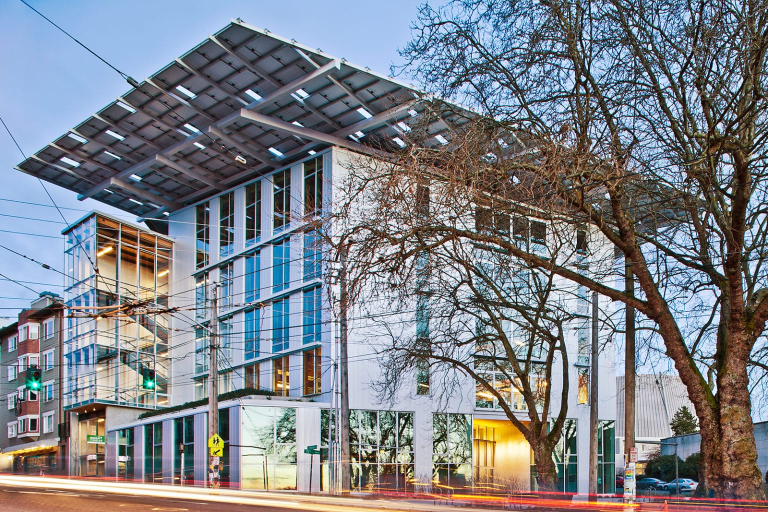
Active House B10, Germany
This building is like a nature-friendly magician, performing amazing tricks with generative design to save energy. The Active House B10 is super efficient, using thick walls and special windows, thanks to generative design, to keep the inside cozy without needing much heating or cooling. It's like wearing a warm sweater in winter and sunglasses in summer.
It's also very smart, with sensors that adjust the lights and temperature depending on how many people are inside. This means it never wastes energy when no one's around. But the most magical thing about this building is that it generates its power from the sun and the wind. It has solar panels on its roof and a small wind turbine, just like a tiny power station.
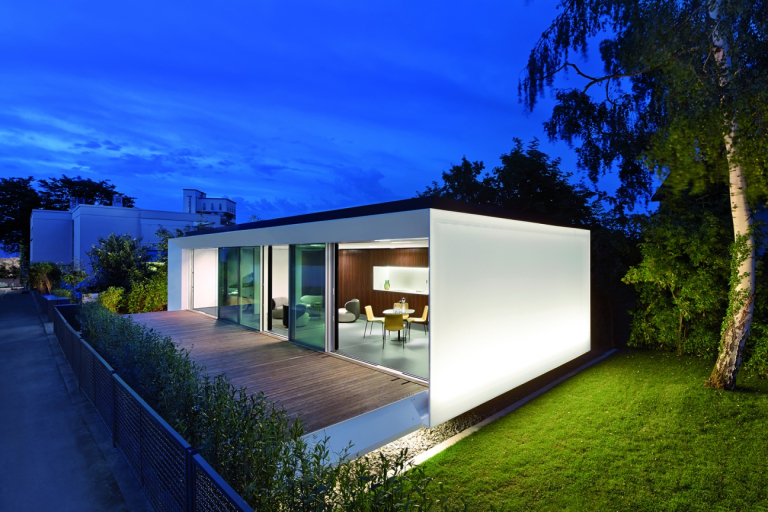
Remarkable Redstone Building in Ontario, Canada
This is super energy-smart, using top-notch insulation and advanced heating and cooling systems to keep the inside comfy without gobbling up energy. It's like wearing a warm coat and having a fan on a hot day, but for buildings.
But what sets this building apart is its rooftop garden filled with plants and solar panels. These plants absorb carbon dioxide from the air, just like trees in a forest, and the solar panels soak up the sun's energy, making the building self-sufficient and reducing its carbon footprint.
People working or living in the Remarkable Redstone Building feel like environmental champions, knowing they're part of a green revolution. This building shows that we can create modern, comfortable spaces while being kind to our planet.
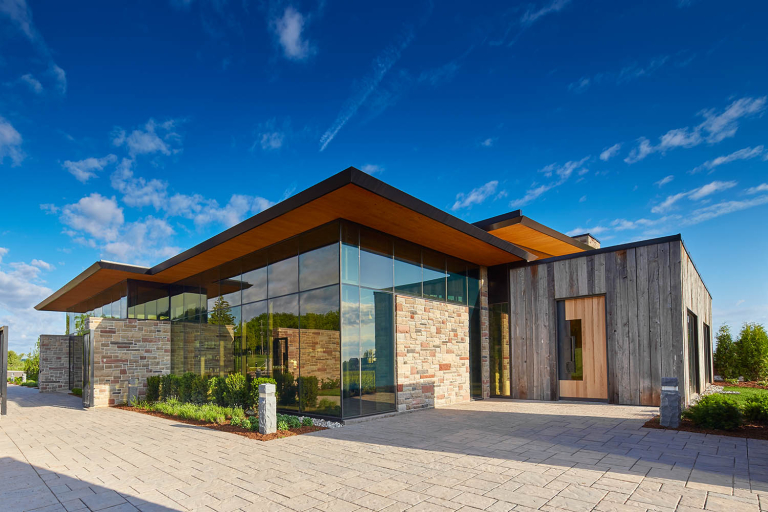
Green Tower in Melbourne, Australia
This is like a wizard's castle of sustainability. It uses sunlight like magic, with solar panels covering its exterior and windows designed to maximize natural light. These clever tricks keep the building bright and cheery while saving heaps of energy.
Inside, it's super cool, thanks to smart technology that adjusts the temperature and lighting based on how many people are in each room. It's like having a personal butler that knows your preferences.
But the Green Tower's biggest secret is its wind turbines. These tall, sleek devices harness the wind's power to generate electricity, just like a windmill but all high-tech. They make the building generate more energy than it uses, contributing clean power to the city.
People who live and work in the Green Tower feel like green pioneers, knowing they're part of a sustainable revolution. This building proves that even in a bustling city, we can have energy-efficient and green places to thrive.
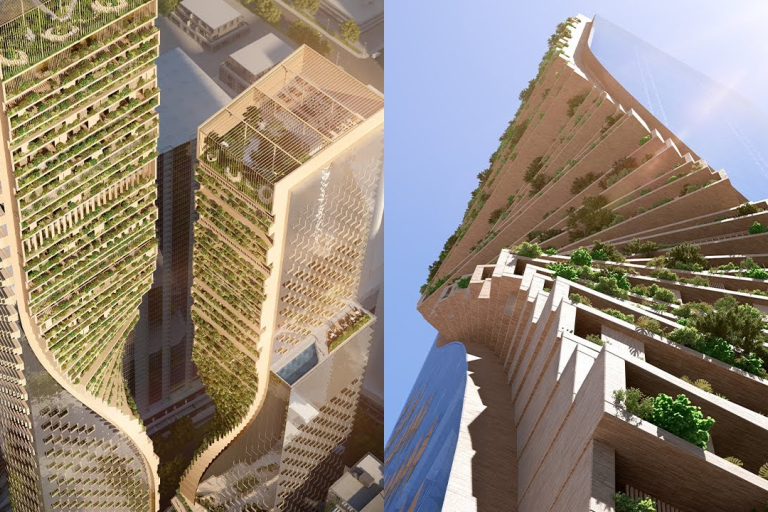
Conclusion
Welcome to the future of sustainable construction! I believe that net zero buildings represent a groundbreaking approach to construction because they aim to minimize carbon emissions and energy consumption, ultimately leaving no carbon footprint. In my quest for environmental harmony, I'm proud to say that we - Harmony AT stands as a leading innovator in the field.
With over two decades of expertise in BIM/CIM, we, headquartered in Vietnam and Germany, am at the forefront of creating sustainable, efficient, and eco-friendly buildings. My BIM/CIM modeling services revolutionize the way we design, construct, and maintain structures, ensuring they adhere to the highest environmental standards.
Join me in shaping a greener future! Contact me today for a consultation and let's build a sustainable tomorrow together. Contact us here now to get in touch with my experts.
Categories





